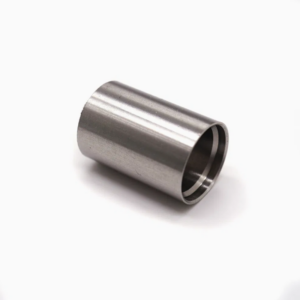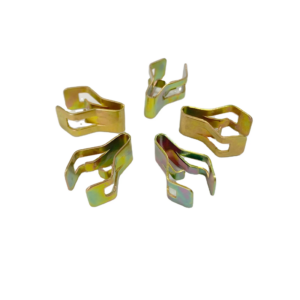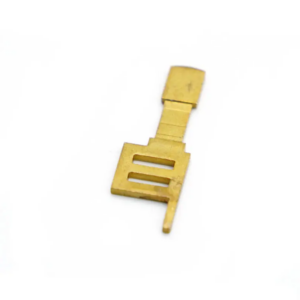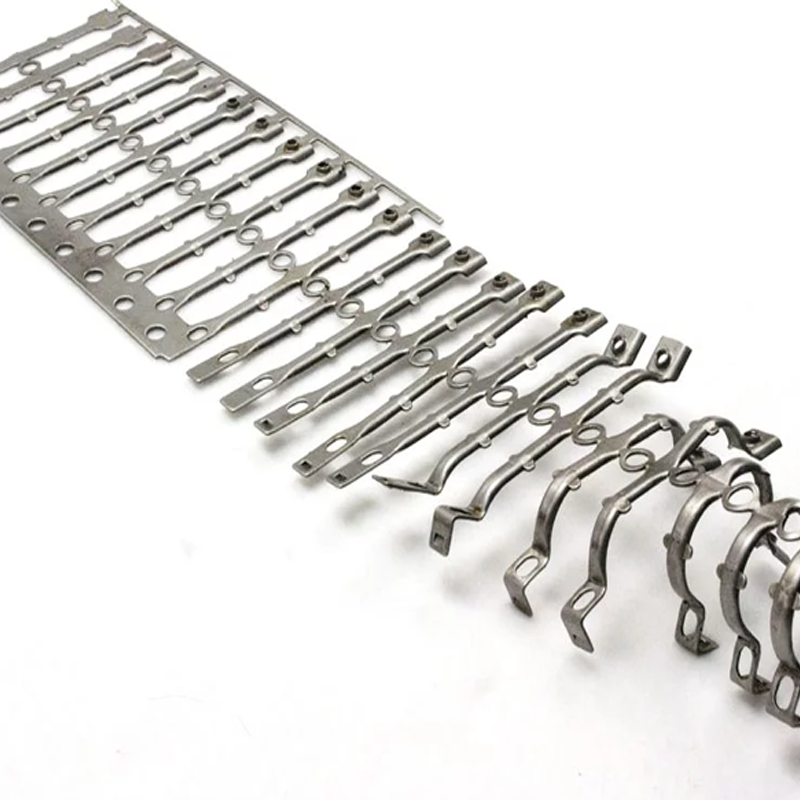Welcome to Plantmetal, where we specialize in progressive die stamping—a cutting-edge manufacturing technique that is transforming the production of metal components. If you require quick turnaround times or a cost-effective solution for large-scale production, progressive die stamping could be your ideal choice. Let’s explore the advantages of this method and its potential for your next manufacturing project.
Understanding Progressive Die Stamping
Picture an intricate assembly line, where each stage of production is precisely orchestrated, and the workpiece advances seamlessly through various operations. This is the essence of progressive die stamping. In this process, a metal strip is fed through a series of stamping stations within a die, where each station performs distinct functions—such as cutting, bending, or punching—until the final component is produced. After completion, the part is detached from the strip and ready for immediate use.
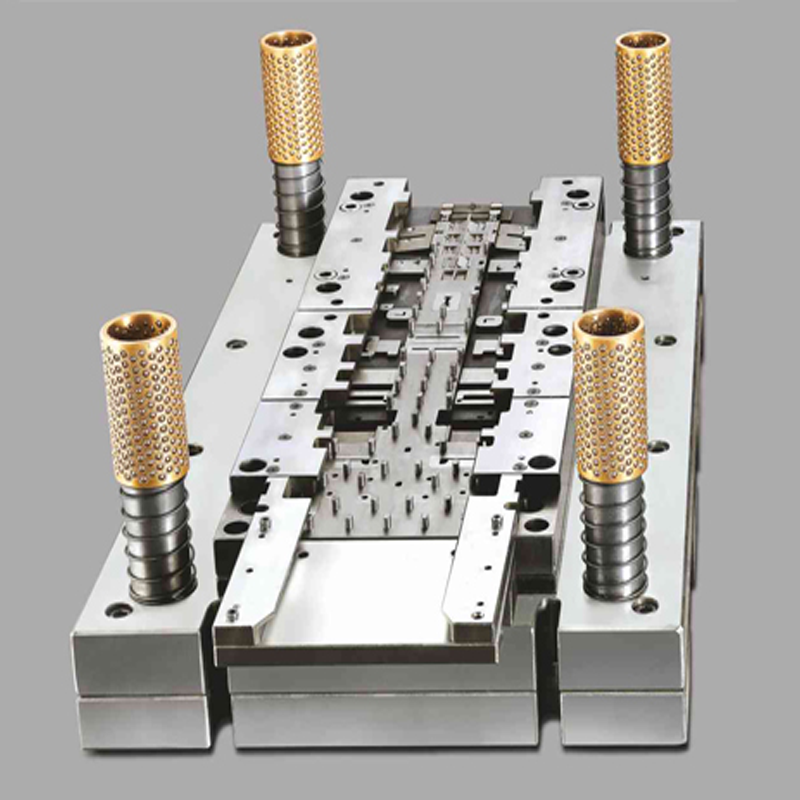
Advantages of Progressive Die Stamping
You may ask, “What sets progressive die stamping apart?” Here are several compelling reasons why this technique is preferred by manufacturers:
- Rapid Production: Progressive die stamping excels at high-volume output. The continuous feed mechanism allows for swift processing, making it ideal for fulfilling substantial orders efficiently.
- Minimized Waste: This method is designed to reduce material waste significantly, leading to a more economical and eco-friendly manufacturing process.
- Versatile Design Capabilities: Whether your needs are for simple components or intricate designs, progressive die stamping can accommodate a wide range of specifications, fostering creativity in product design.
- High Throughput: This process is well-suited for extensive production runs, ensuring that large quantities of parts are produced swiftly and effectively.
- Consistent Quality Assurance: The use of precision tooling guarantees that each part meets high-quality standards, providing uniformity across all produced components.
- Cost Efficiency: With reduced waste, quicker setup times, and high-speed production, the cost per part is lowered. Additionally, automation minimizes labor costs and enhances workplace safety.
- Precision Manufacturing: The progressive die stamping process is engineered to achieve tight tolerances, ensuring that your components are both accurate and reliable.
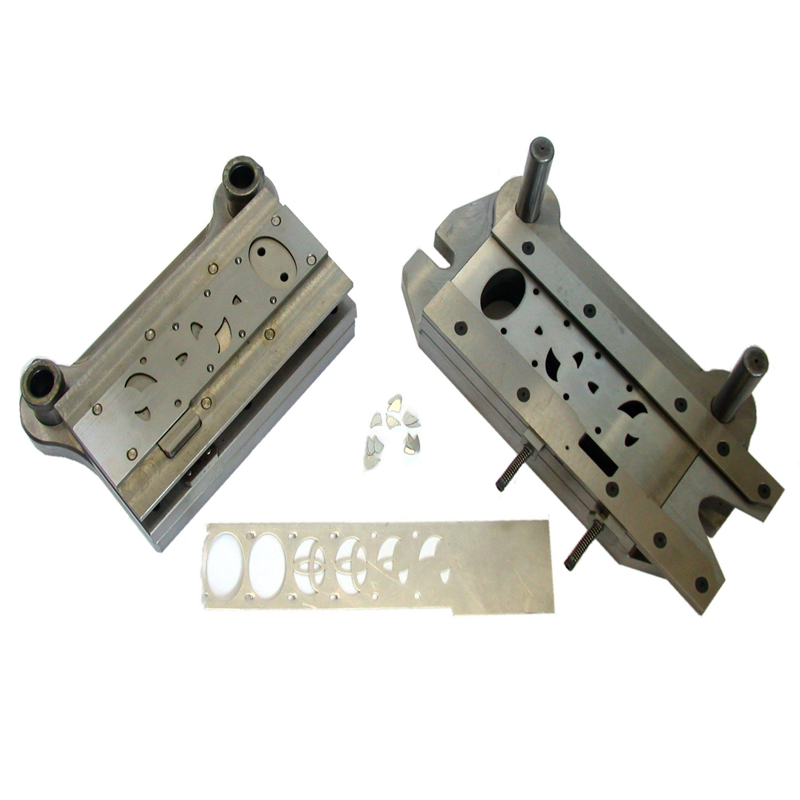
The Progressive Die Stamping Workflow
Here’s a concise overview of the progressive die stamping process:
- Tool Design: Expert toolmakers create a die set tailored for the specific production needs. This die remains unchanged throughout the stamping cycle, facilitating smooth operation.
- Die Setup: The die is mounted in a stamping press, which executes up and down movements to engage the various stamping operations.
- Metal Strip Feeding: A continuous strip of metal is fed into the die, where it progresses through different stations that perform designated tasks.
- Stamping Operations: Each operation shapes the workpiece through actions like bending, cutting, and embossing until the final form is achieved.
- Ejection of Finished Components: Once formed, the part is ejected from the die and separated from the remaining strip.
Essential Equipment for Progressive Die Stamping
To effectively implement progressive die stamping, several key pieces of equipment are required:
– Stamping Presses: Provide the necessary force for stamping operations.
– Progressive Tooling: The die set that incorporates all required tools for the stamping process.
– Coil Feed System: Automatically feeds the metal strip into the die for continuous operation.

Applications of Progressive Die Stamping
This versatile technique finds applications across various industries, including:
– Electronics: For manufacturing connectors and enclosures.
– Food and Beverage: In the production of packaging and machinery components.
– Medical: For parts utilized in medical devices.
– Appliances: In household and industrial appliance manufacturing.
– Automotive: For components such as brackets and body panels.
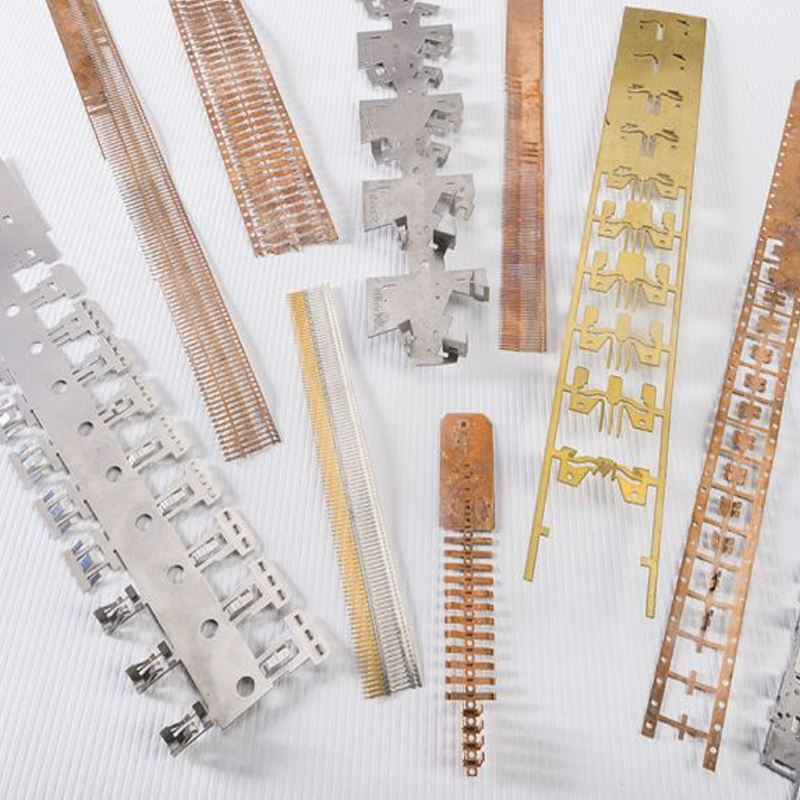
Comparing Progressive Die Stamping to Alternative Methods
As you consider your options, here’s a brief comparison with other stamping techniques:
– Compound Metal Stamping: Effective for flat components but less efficient for complex geometries.
– Transfer Die Stamping: Suitable for larger or intricate parts, though it requires the movement of workpieces between stations.
– Traditional Metal Stamping: More appropriate for smaller production runs, but generally slower and more costly for high-volume orders.
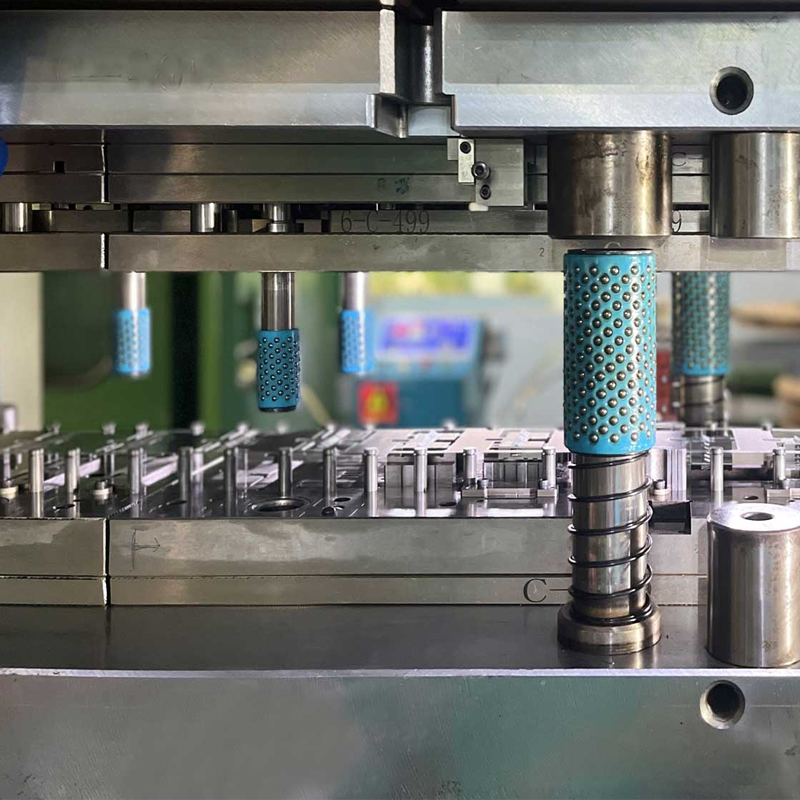
At Plantmetal, we pride ourselves on our expertise in progressive die stamping and our ability to customize services to meet your precise requirements. Whether you need tailored designs, complex geometries, or efficient high-volume production, our state-of-the-art tools and skilled workforce are ready to deliver.
If you’re eager to leverage the benefits of progressive die stamping for your project, reach out to us today. We’re here to help streamline your manufacturing processes and enhance cost efficiency, working collaboratively to bring your ideas to fruition.
For all your stamping requirements, Plantmetal offers top-tier solutions tailored to your unique specifications. Contact us to learn more about our progressive die stamping capabilities and how we can support your next project.

